FO välitööd 2012
|
Bulgaaria megaliidid Perperikon |
Bulgarian megaliths Perperikon |
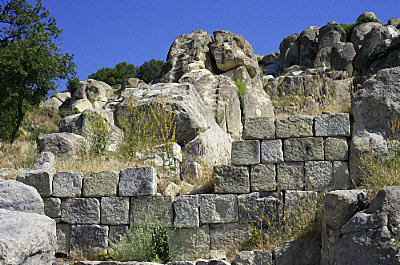
|
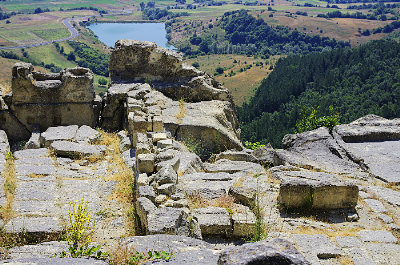
|
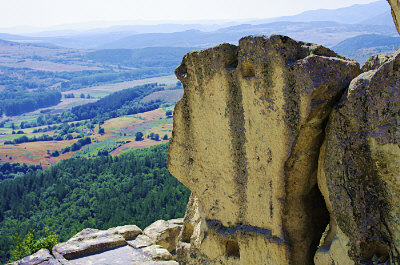
|
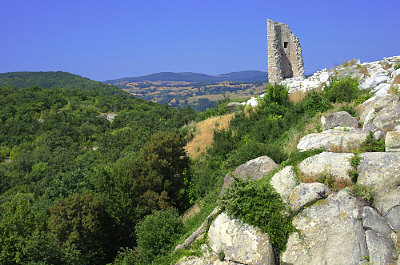
|
|
Iidne traakia linn Perperikon (Hyperperakion) avastati aastal 2000. ja peaaegu koheselt hakkasid muistset linna külastama välisturistid, kes viisid läbi väikesi riitusi.
|
The ancient Thrace City of Perperikon (Hyperperakion) was discovered in 2000. And almost instantly, the ancient city began to visit the foreign tourists who led through small rites.
Human activity in the area dates back to 5000 BCE. It is thought that a famous Temple of Dionysius was located at Perperikon during the classical era.
|
| Tatul | Tatul |
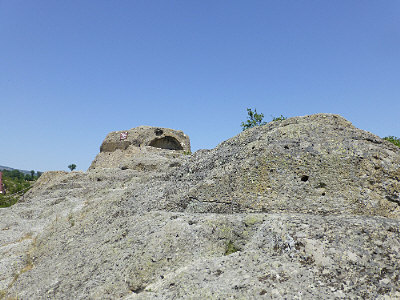
|
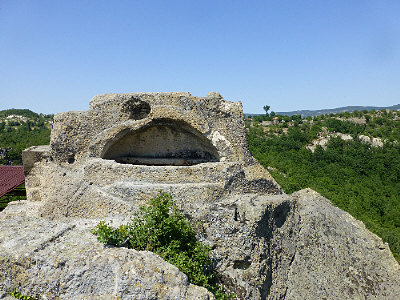
|
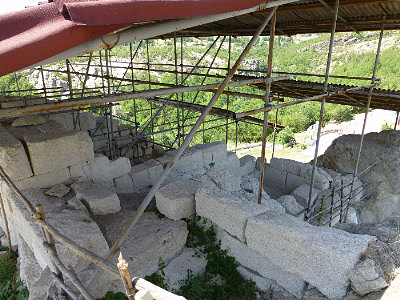
|
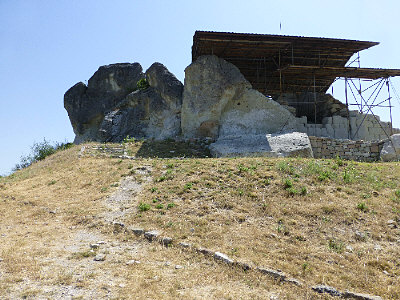
|
|
Tatul – avastati 2000, tegemist on Traakia hauakambri ja varjupaigaga. Varaseim asula pärineb 4000 eKr. Tatuli on seostatud Orpheuse kultusega. Müütides ühendatakse Orpheus matuse4piak Olympuse läheda asuva Leibethraga ja Tatuli on seostatud Rhesusega. Mõlemad tegelased on müütilised. Umbes 30 savialtarit jm arheoloogilised leiud pärinevad 19-18 sajandist eKr. 4 ja 1. sajandi eKr vahel püstitati kivivall ning ehitati tempel. |
In the 2000s Bulgarian archaeologists discovered an ancient Thracian surface tomb and sanctuary in the immediate proximity of the village, and it was soon recognized as an exclusive religious center in the region of importance to the whole regioon.
|
| Kazanlaki Traakia hauakamber | Thracian tomb in Kazanlak |
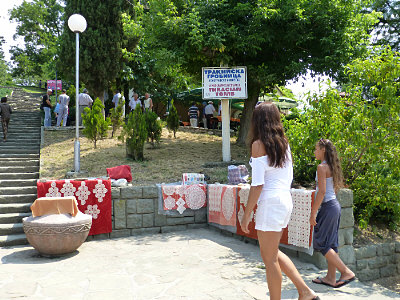
|
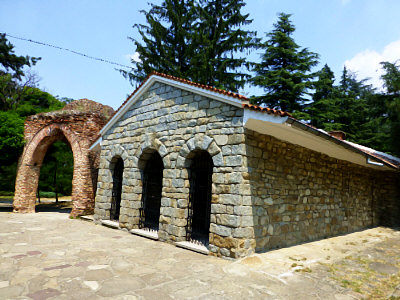
|
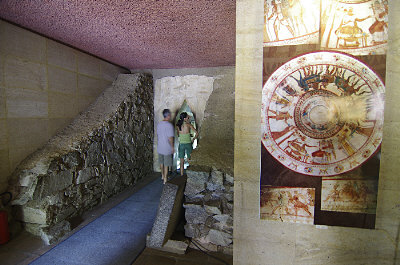
|
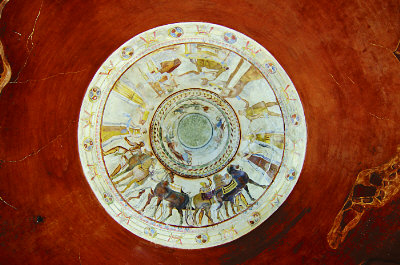
|
|
Kazanlaki Traakia hauakamber (4 sajand eKr) on UNESCO maailmapärandi nimistus alates 1979. Hauakambri võlvitud lagi ja seinad on kaetud seinamaalingutega, mis kujutavad traaklaste matuserituaali. |
In the 4th century BCE, near the ancient Thracian capital of Seuthopolis and close to the city Kazanlak, a magnificent Thracian tomb was built. Consisting of a vaulted brickwork "beehive" (tholos) tomb, it contains, among other things, painted murals representing a Thracian couple at a ritual funeral feast. The tomb was declared a UNESCO World Heritage Site in 1979. |
|
| |
|
Kuningate org Kazanlak |
Valley of the Thracian Kings Kazanlak |
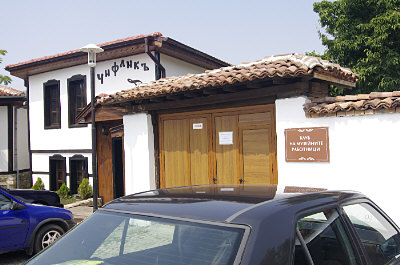
|
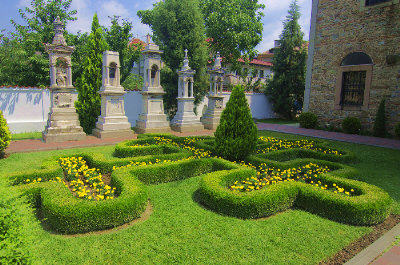
|
| Muuseumitöötajate klubi/Club for Museum workers | Rist/Cross |
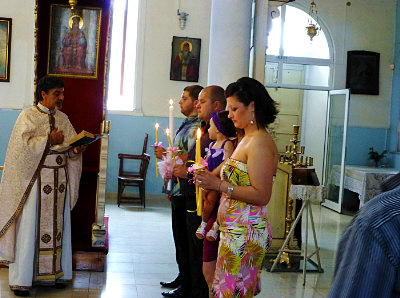
|
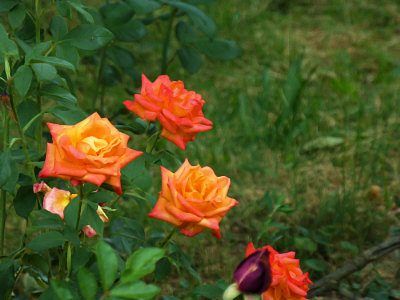
|
|
Kazanlak, Seuthopolis. Vanim asustus ulatub tagasi neoliitikumi aega (6-5 at eKr). 4.–3. sajandil eKr valitses Tundzha jõe aladel traaklasest valitseja Seuthes III. Kazanlak kuulus Traakia mälestiste ja roosiõli poolest. |
Kazanlak, Seuthopolis. The oldest settlement in the area of the modern-day city dates back to the Neolithic era (6th-5th millennium BCE). During the 4th-3rd centuries BCE the lands on the upper Tundzha river were within the dominion of the Thracian ruler Seuthes III and took an important place in the historical development of Thrace during the Hellenistic era. |
|
Kalofer |
Kalofer |
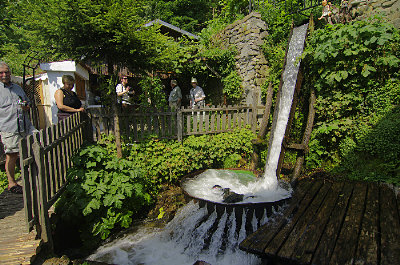
|
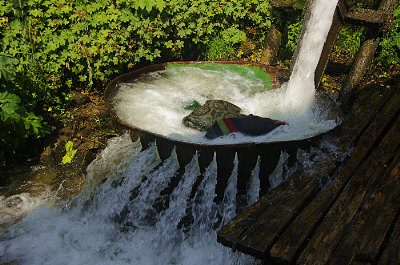
|
| Pesumasin | Washing machine |
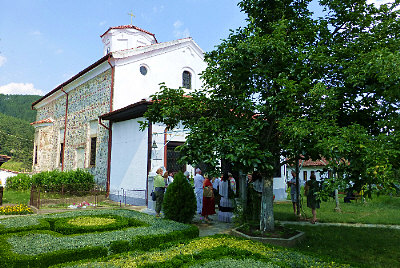
|
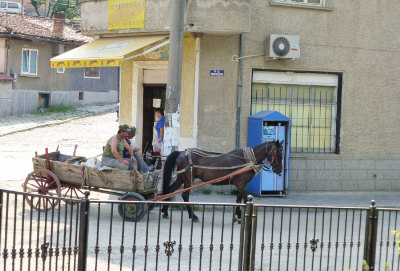
|
|
Nunnery Kalofer – Hristo Botevi sünnikoht. Kohapeal on säilinud mitmed vanad etnograafilised oskused: nt omapärane pesumasin vaipade pesemiseks. Tegemist on tuntud rahvusliku käsitöö keskusega. Klooster tegutses alates 1640 ja sellel oli tähtis koht bulgaaria rahvuslikus liikumises.
|
Kalofer - the birthplace of Hristo Botev. Many old ethnographic skills have been preserved on site: for example, a unique washing machine for washing carpets. Kalofer is a well-known national handicraft center. The monastery has been operating since 1640 and played an important role in the Bulgarian national movement.
|
|
| |
|
Seotud linnad Kardzhali |
Connected cities Kardzhali |
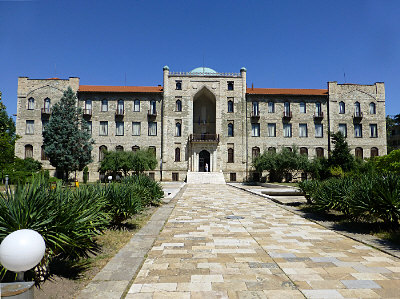
|
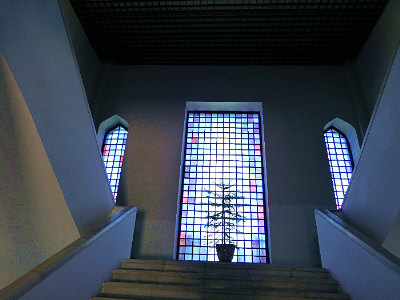
|
|
Muuseum
|
Museum
|
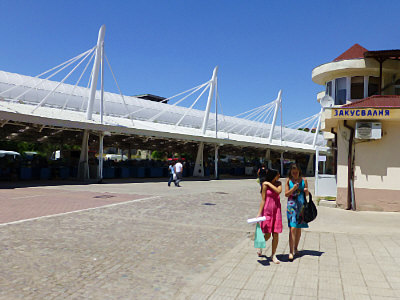
|
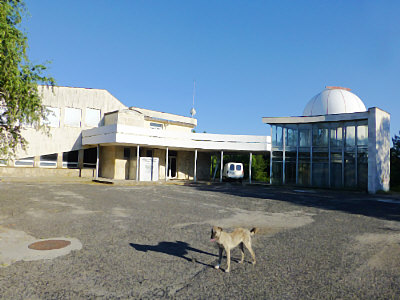
|
|
Basaar
Kardzhali (türgi nimega Kırcaali) on nimetatud 14 saj Osmanite impeeriumi sõdalase Kırca Ali järgi, linna ümbrus on asustatud juba neoliitikumist. |
Observatoorium/Observatory
Named after the 14th-century Ottoman conqueror Kırca Ali, from the Turkish name Kırca and the Islamic name Ali, derived from an Arabic root which means "high" or "Elevated".
|
|
Haskovo |
Haskovo |
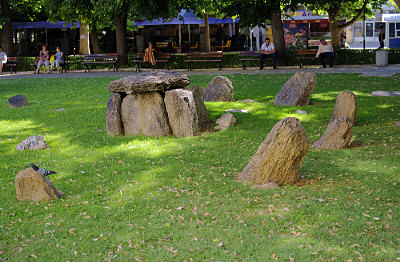
|
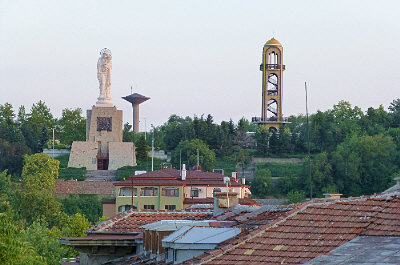
|
|
Dolmen pargis/Dolmen in the park
|
|
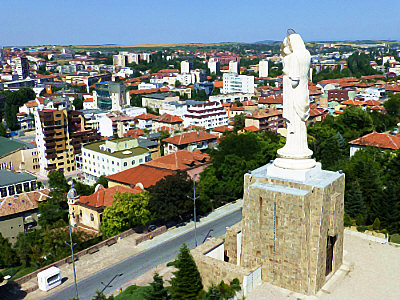
|
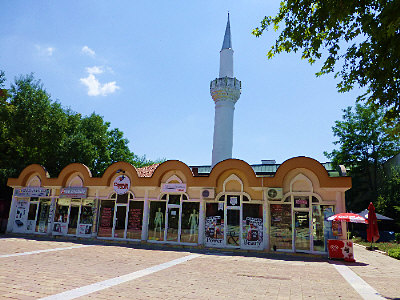
|
|
Türgi ja Kreeka piiri ääres asuv ala on asustatud ca 5000 BC. Esimese Bulgaaria impeeriumi ajal ehitatud kindlusest kujunes linn.
|
First settelments are from 5000 BC. The 9th century – during the First Bulgarian Empire – a fortress was built in Haskovo that soon was transformed into a tow |